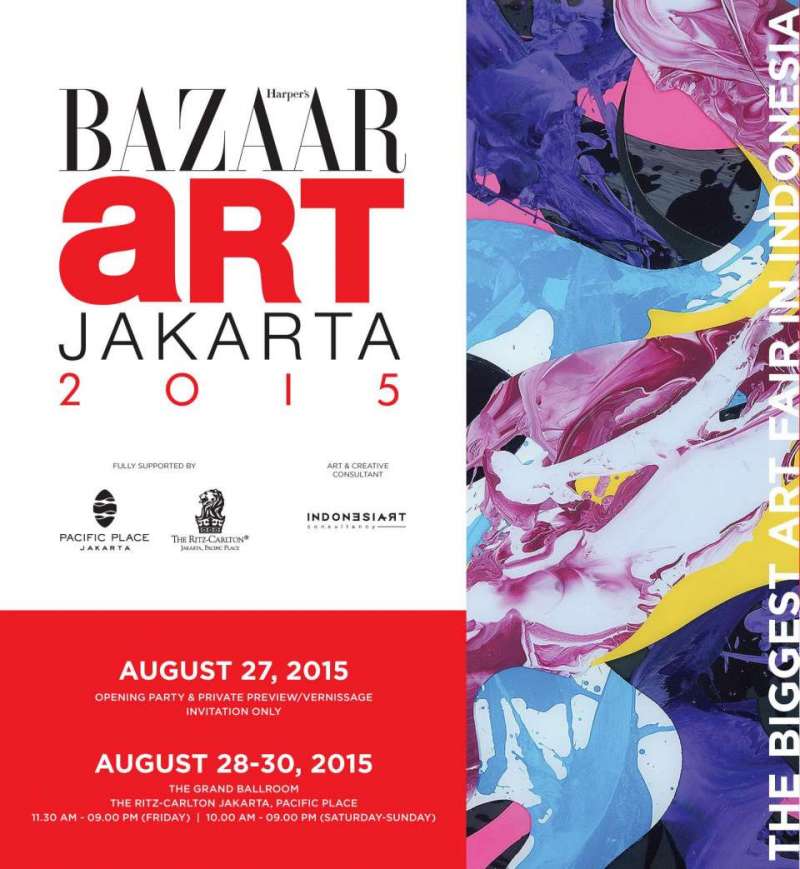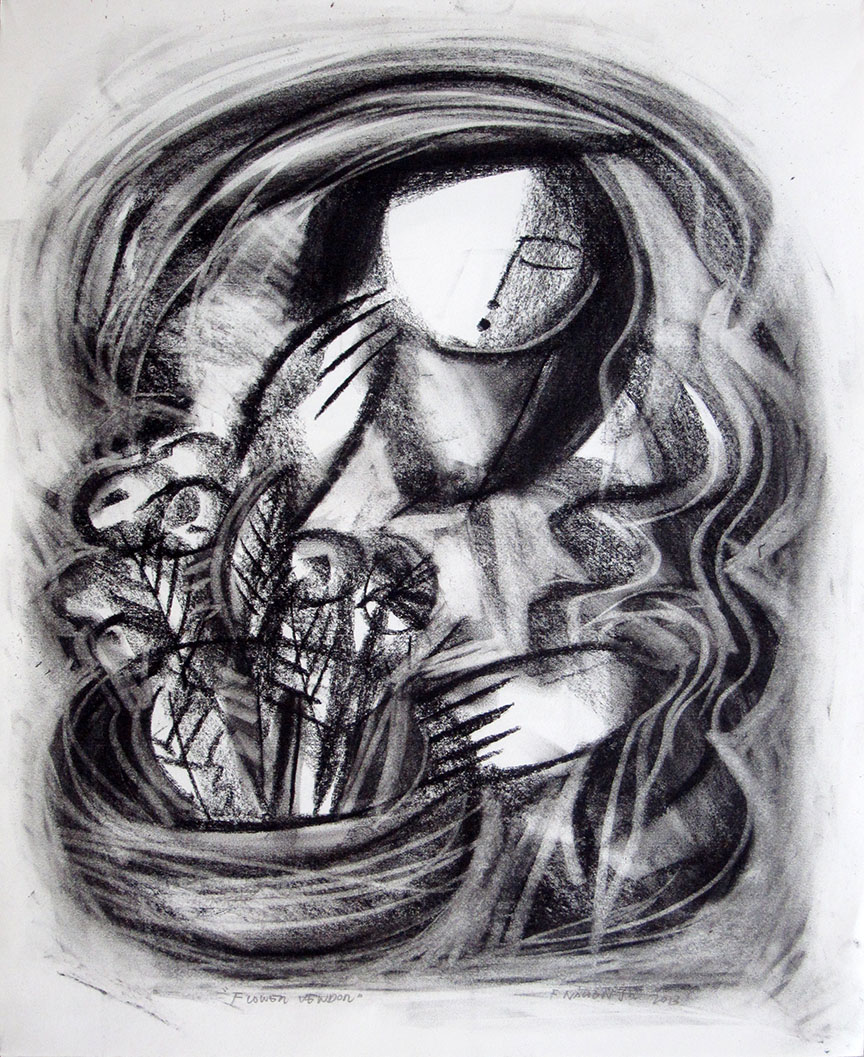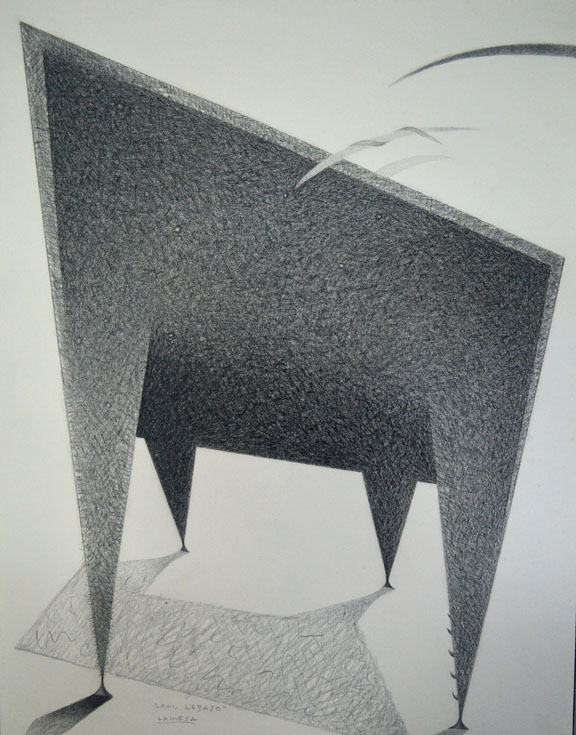An important figure of the late Modernist period of Philippine history between the 1970s and 1980s, Raul Lebajo was often compared to the likes of National Artists Vicente Manansala, Victorio Edades, and Cesar Legaspi.
Lebajo was also contemporaries with National Artists Ang Kiukok and Jerry Elizalde Navarro, along with Romulo Olazo, Onib Olmedo, Angelito Antonio, Jaime de Guzman, and Justin Nuyda. His paintings of highly imaginative landscapes and mind-blowing dream sequences gained him renown as one of the pioneers of Surrealism in the Philippines, and no less than esteemed art critics Leo Benesa and Alice Guillermo have written extensively about his practice. He has also graced the cover of Asian Art News, the region’s most prestigious magazine, for its first major article on Philippine visual art. Conceptually influenced by the philosophy of Magritte and utilizing the vibrant colors of Matisse, his works take on a more distinct character as ethereal abstract forms within a surreal plane and lined with a reverence for nature.
With works featured in many important collections abroad, including the Chicago Cultural Center in the US, the Le Plaza Hotel in Switzerland, and the Asian Art Archive in Hong Kong, Lebajo is one of the most recognized artists outside the country. And along with Galo Ocampo (b. 1913) and HR Ocampo (b. 1911), Raul Lebajo can be credited for popularizing a distinctly Philippine brand of surrealism. While his contemporaries were using traditional genre subjects or social themes, Lebajo was creating images that are dream-like and hallucinogenic. This paved the way for a new generation of surrealists and expressionists, such as Onib Olemdo. And long before anyone was concerned with the welfare of the environment, Raul Lebajo was consistently using themes of nature and the preservation of the environment in his paintings.
Born in 1941, Raul Lebajo studied Art Studies at UE from 1966-67, but graduated with a BFA from PWU in 1969. A first-prize winner at the 1968 Shell National Student Art Competition, Lebajo has held shows all around the world, including the Le Plaza Hotel in Basel, Switzerland, the Chicago Cultural Center, the World Art Exhibit in Paris, France, the National Gallery of Kuala Lumpur, Malaysia, the Art Center of Silpakorn University in Bangkok, Thailand, and various commercial galleries in Germany, Hong Kong, and Japan.
Art critic Alice Guillermo describes Lebajo’s works as “…a subtle commentary of man and his environment that is surprisingly achieved through the incongruous juxtaposition of natural forms and familiar objects.” A blend of abstract forms and surreal landscapes, there is a tendency admire and venerate Mother Nature and her role in our lives.




